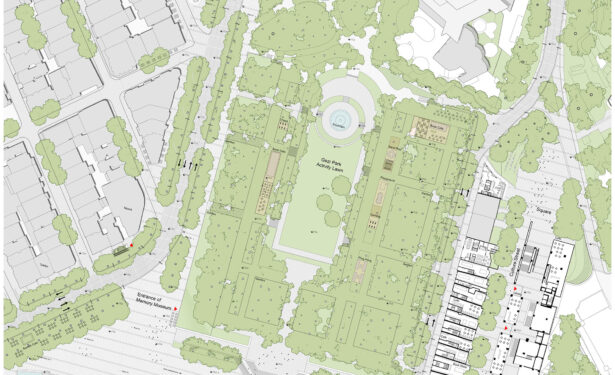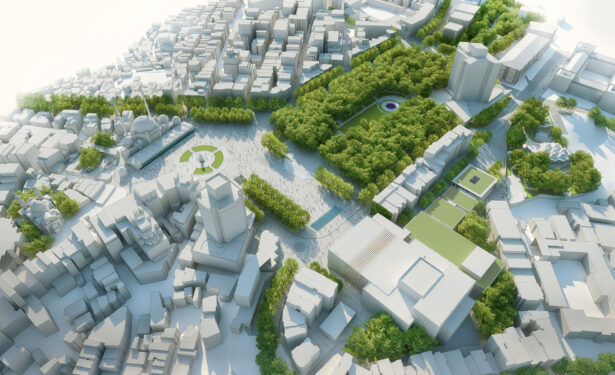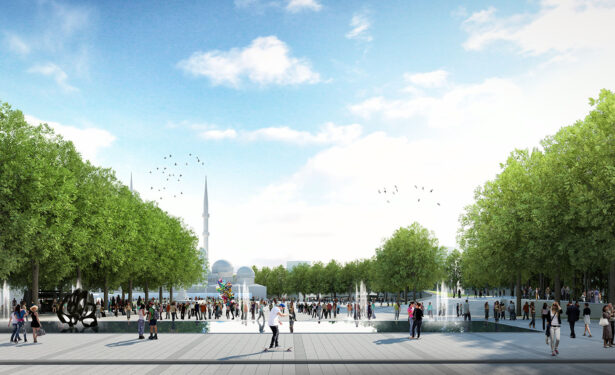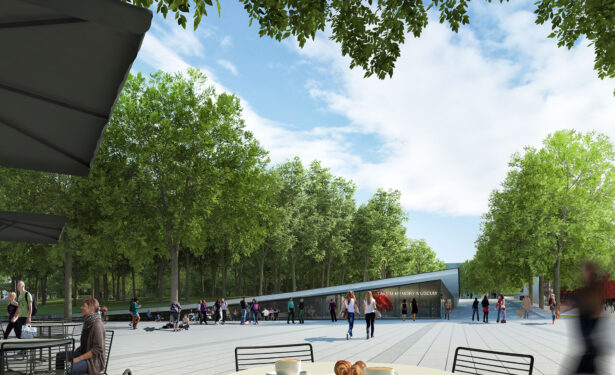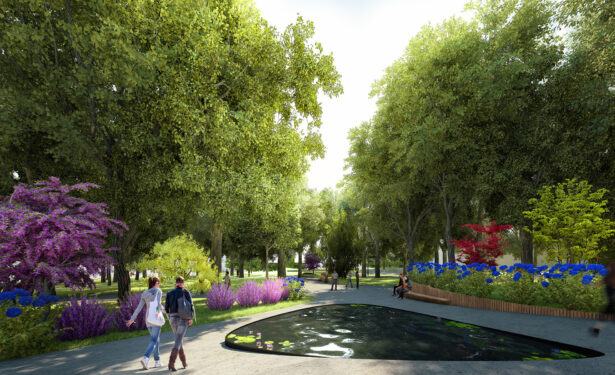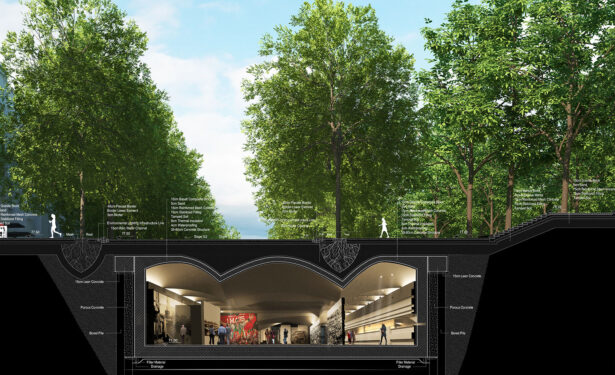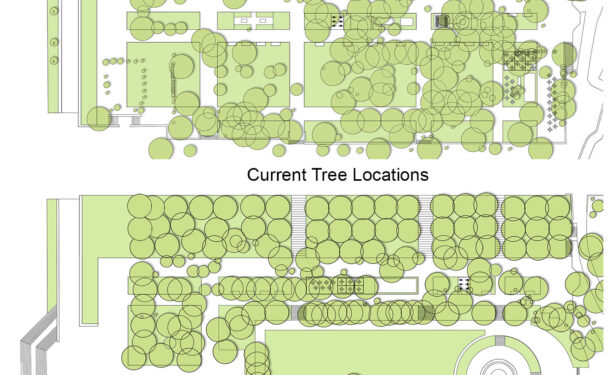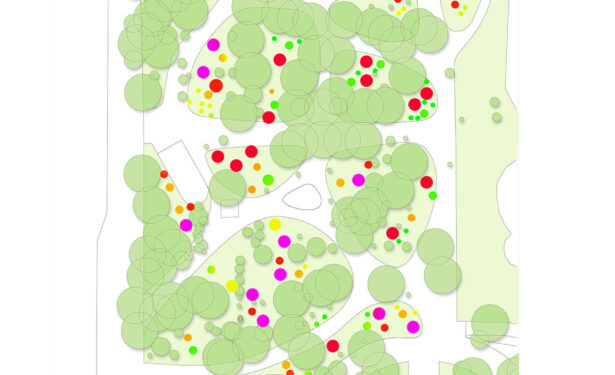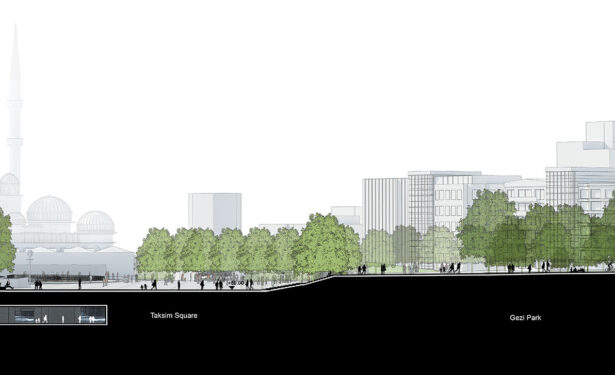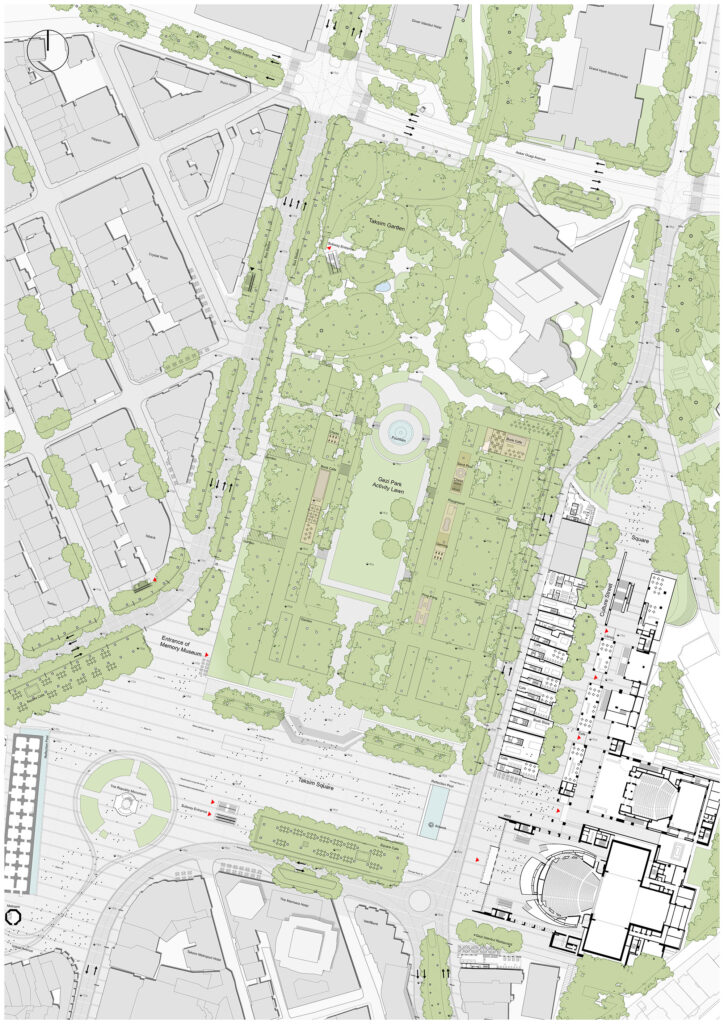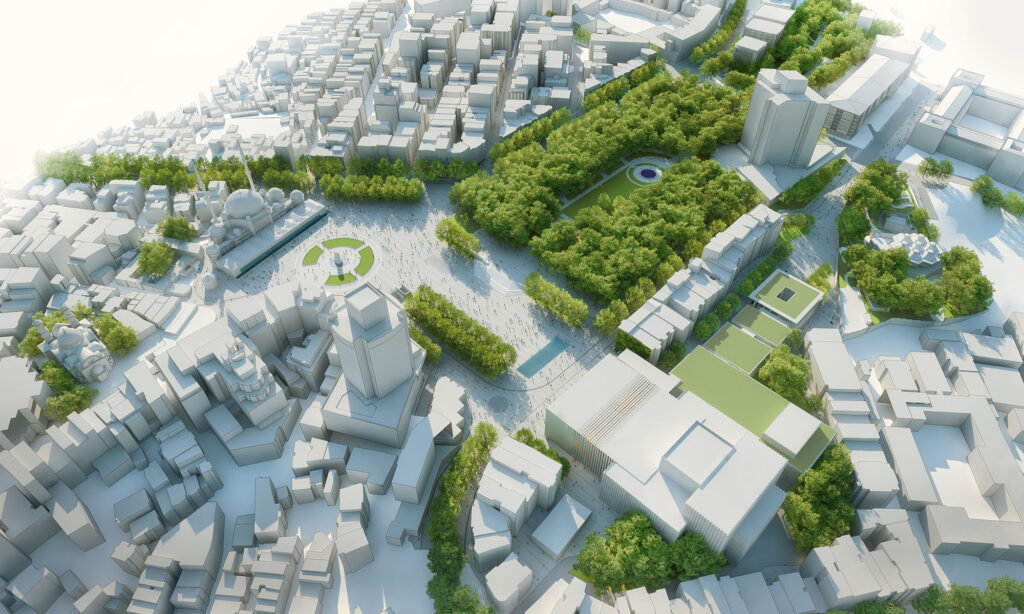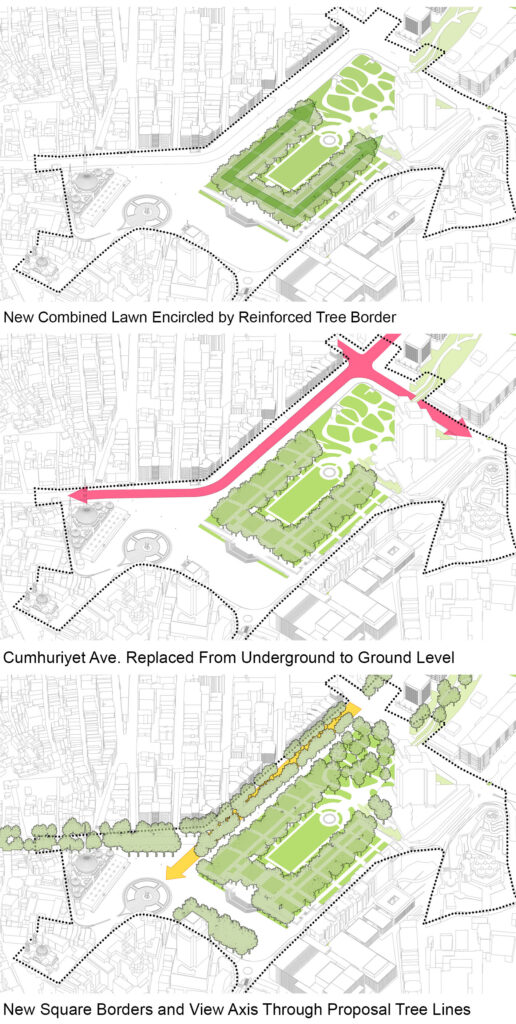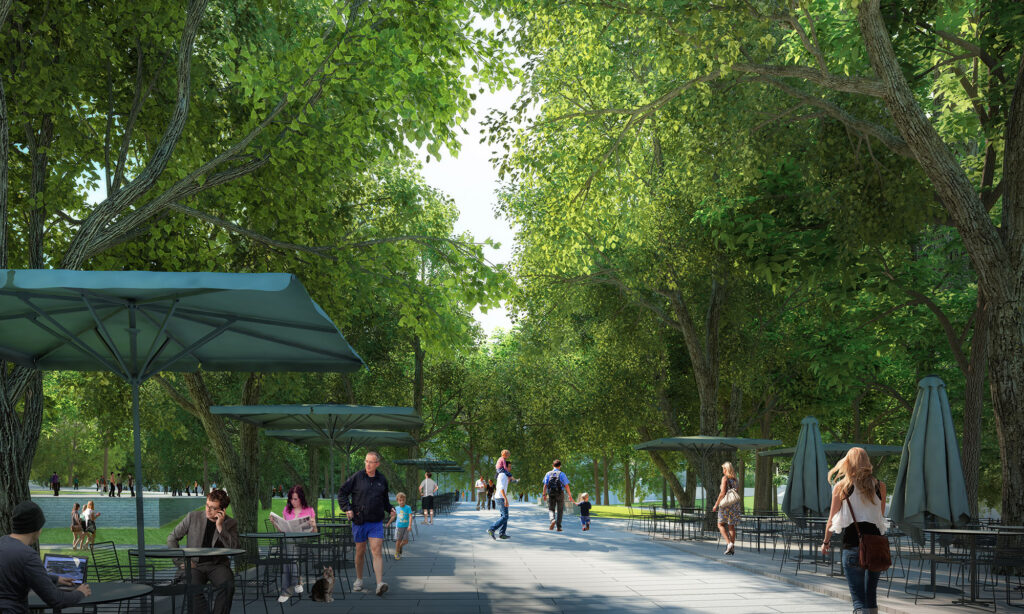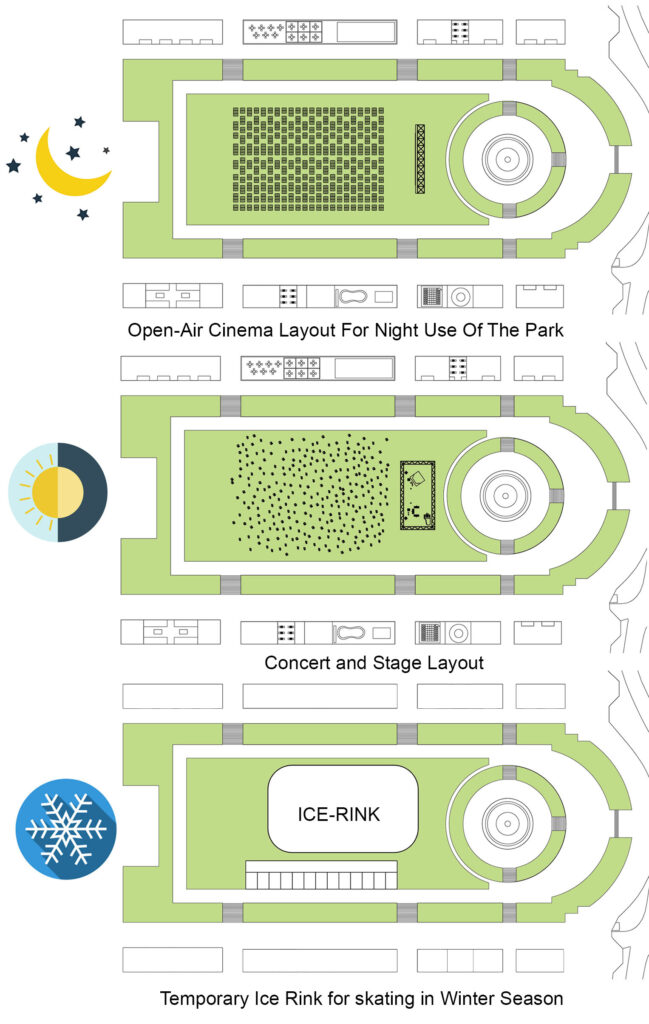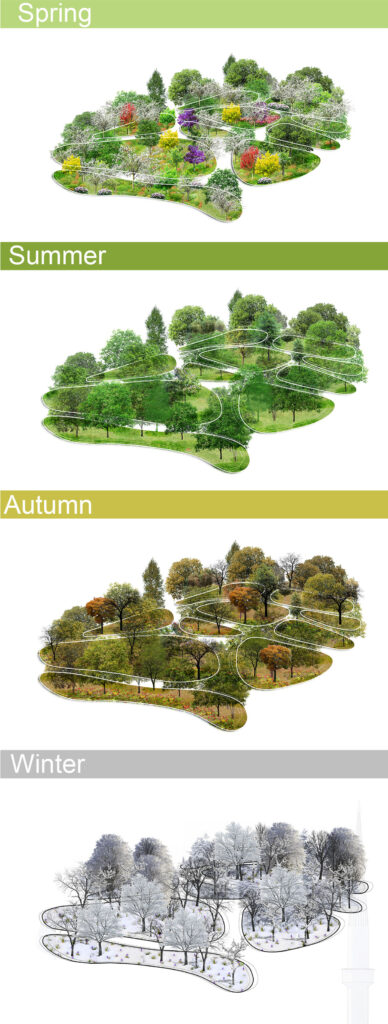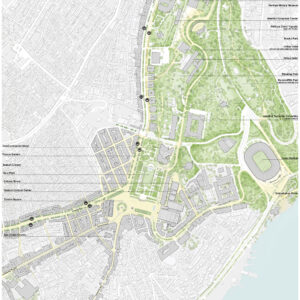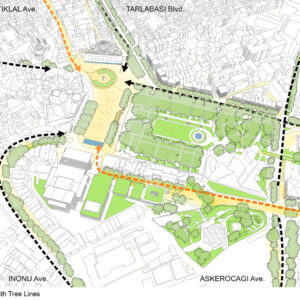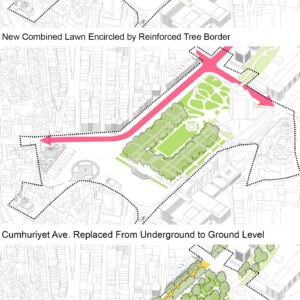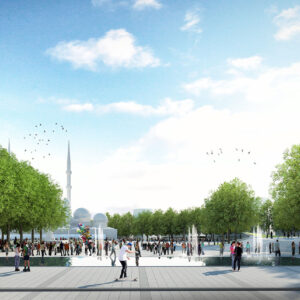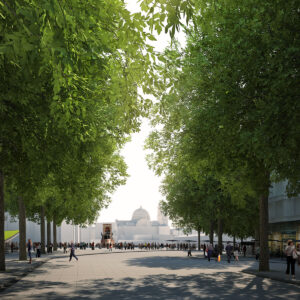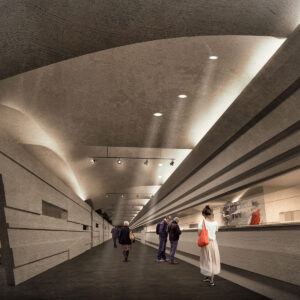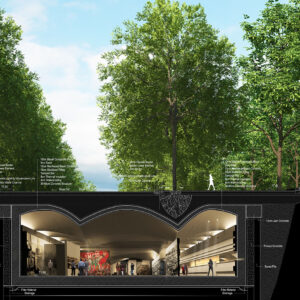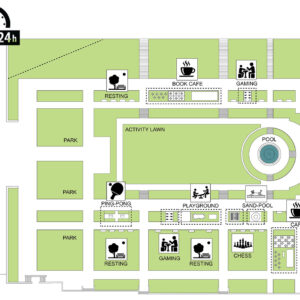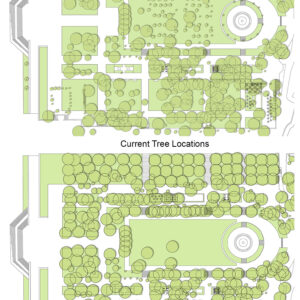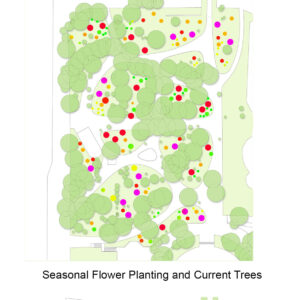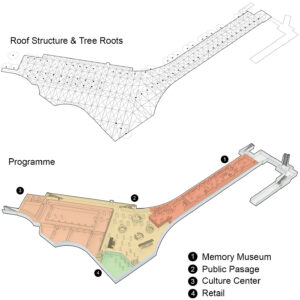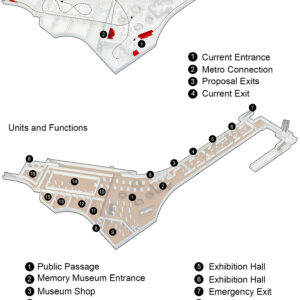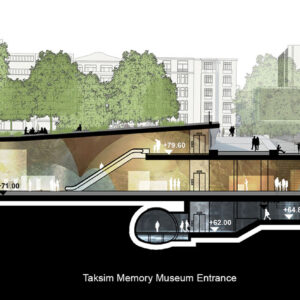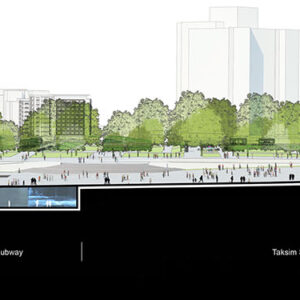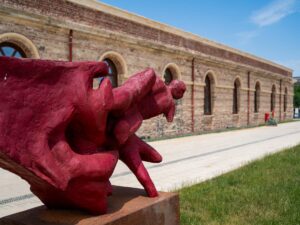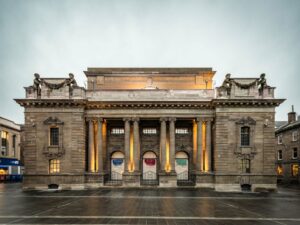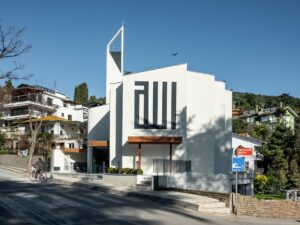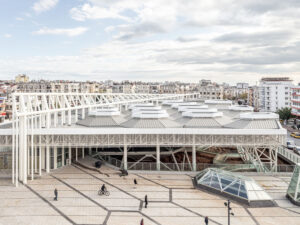- 24 Eylül 2020
- 13195 defa okundu.
Eşdeğer Ödül, Taksim Kentsel Tasarım Yarışması
Project Report
“But bid life seize the present?
It lives less in the present
Than in the future always,
And less in both together
Than in the past. The present
Is too much for the senses,
Too crowding, too confusing–
Too present to imagine”
Robert Frost, “Carpe Diem”
Interconnecting the memory of urban space with the vision of the future
Taksim is a key urban space in Istanbul which has undergone significant spatial transformation since the 18th century, witnessing events that left deep traces on social memory. While rearranging this significant centre of Istanbul’s urban identity, the socio-cultural history of the square, environmental sustainability principles, and the potentials offered to the site by cultural, recreational, and touristic spaces were thoughtfully regarded. In order to meet the expectations of Istanbul present and future, Taksim Square has been designed by interpreting the plan of Henri Prost and spatial remarks of the Pervititch maps with a strong vision of the future. Over the years, as a result of various interferences on the site, this once lively space has evolved into a transit hub, causing Taksim Square to lose its unique identity; therefore, this project aims to reintroduce the square to the memory of the city and make it a ‘‘place for everyone and everything’’ through day and night.
Dialectic of Space and Urban Space Experience
Space does not solely represent a place; it defines a lifestyle, which relates to arrangement, topography, history, and environment. A designed space cannot be abstracted from time; therefore, with its dialectic, the space becomes a dynamic object. The interaction of object and subject also revives a stagnant space, contributing it to be interpreted differently according to the personal interaction of its users. The direction of movement, intellectual and emotional perspectives of users differentiate the perception of space. Spatial experience is a discovery of space formed by fragments of lived moments. Squares, parks, streets reflect the urban lifestyle and culture. The design reorganizes Taksim Square and its surroundings with respect to circulation, program, and landscape. The design revolves around the theme of dialectic of space: designed, perceived, interpreted.
Taksim Square as an Urban Stage
In the project, the substantial and visual relation between the square and existing environmental texture is analyzed along with the interaction of the square and the city; hence, the square is defined as an urban stage that is either being watched or lived. Studying the relationship between spatial experience and direction of movement; Cumhuriyet Avenue, Talimhane, İnönü Avenue, Mete Avenue, Tarlabaşı Boulevard, Sıraselviler, İstiklal Avenue and subway entrances are organized with respect to users’ spatial approach to the square. Hence, the spatial relationship of Taksim Square is reinterpreted in regard to its landmarks such as Gezi Park, Atatürk Cultural Center, Hagia Triada Church, Taksim Water Reservoir, and The Republic Monument, which are integral for enriching the identity of the square.
With the landscape design, arrangement of linear plane trees –platanus orientalis– that organize the spatial usage of the square and surroundings is proposed, thus, the presence of trees in Taksim Square is increased. The Republic Monument has a significant remark on the social memory of the square since it symbolizes the republic regime of Turkey. Therefore the sight of this invaluable monument from every approach to the site is taken into consideration while designing the space. Forming the borders of the space and contributing to its identity, Hagia Triada Church, Atatürk Cultural Center and Gezi Park are organized with respect to ground level and facade.
The old water cascades on the facade of Taksim Water Reservoir are rearranged and a reflection pool is designed in the direction of the entrance of Atatürk Cultural Center. Thus, with the water cascades and pool, the place that Atatürk Cultural Center holds in the memory of the space is emphasized. The light and water shows presented in the evenings also aim to enliven the square.
Approaches to Taksim Square – Decisions for the Road
Taksim Cumhuriyet Underpass does not significantly contribute to the function of the square; it causes the space to deviate from its original scale. The area that has been cleared from movement and program becomes desolated at night, getting eerie for the users. The underground trafficway has damaged the identity of the roads of Cumhuriyet Avenue and Tarlabaşı Boulevard and made the pedestrian circulation of the boulevard that reaches to Haliç problematic.
In this project the underground trafficway is brought up to ground level. The pavements planted with trees on both sides of this two-way road integrates this roadway to the existing texture; thus, with this proposal, the borders of the square and its surroundings are defined, Cumhuriyet Avenue, Tarlabaşı Boulevard and İnönü Avenue gained their identity, the approaches of these arterial roads to Taksim Square are emphasized, the pedestrian circulation of Tarlabaşı Boulevard is relieved and the square is revived.
Taksim Memory Museum
Memory of space carries many remarks about the past. Knowing the past is vital for remembering who we are as well as not getting lost while designing the future. Taksim is not solely a significant part of Istanbul; it also has importance in the history of Turkey. Therefore, with structural and spatial arrangements, Taksim Memory Museum is constructed in place of Taksim Cumhuriyet Underpass since this underpass loses its functionality when the trafficway is taken to ground level. The museum will refresh the memory of its visitors with an interactive narrative, depicting the spatial history of Taksim Water Reservoir which gives life to the silence of the cemeteries with its water, the military barracks which turned into an urban park after demolition, the monument of the Republic, the First of May Taksim Square Massacre and Gezi Resistance. While Taksim Square is the focus of daily activities, the underground of the square preserves the memory of the space. This negative space becomes a new landmark, enhancing the usage of the square by providing various public spaces for exhibitions and conferences. Interconnected with the square, funicular railway and subway, the entrance of the museum is located at the corner where Gezi Park meets with the square in the direction of Cumhuriyet Avenue.
Gezi Park
Gezi Park is located at the point where the urban greenscape from Maçka to Taksim intersects with Taksim Square. In Henri Prost’s plan dated 1937, Taksim Military Barrack was demolished and a park –esplanade– was designed. In the proposal, the park’s connection to Taksim Square is rearranged according to the Prost Plan. The entrance of the park is going to be used as a terrace leading to the park as well as a stage used for various activities held in the square such as concerts and public meetings. The spatial traces of the Military Barrack are emphasized with the dense and tall plane trees surrounding the park, which also spatially define Taksim Square. The uppermost level of the park is designed geometrically as an esplanade, panorama terrace and activity space. The esplanade, which has coffee shops, open-air libraries, chess and table tennis areas, playgrounds and exhibition spaces, connects Cumhuriyet Avenue and Mete Avenue with the stairs and ramps.
With its grass landscape, the lowest level of the park is turned into an urban field where various activities such as open-air cinemas, concerts, exhibitions and fairs are held, alluding to the days before the demolishment of the barrack when soccer matches were played, concerts were performed in its courtyard and was referred to as Taksim Stadium. Taksim Garden, located at the end of the Gezi Park, is an urban greenscape that has been present since 1910. The garden was designed for the residential area since this zone was open to construction in the 19th century. In the Henri Prost Plan this garden was left out of Gezi Park’s landscape character; it was designed according to its original plan: an organic layout with wiggly roads. The same approach is adopted in this project where an organic landscape language is proposed for Taksim Garden while preserving the existing trees. The pedestrian bridge, which was built in 1949 to connect the green axis and its pedestrians coming from Harbiye to Taksim Garden, was implemented and improved as a green connection and a scenery corridor.
Culture Street
This project proposes to arrange Kütüphane Street as a cultural street that connects Taşkışla, Atatürk Library and Atatürk Cultural Center. The pavement on both sides of the Mete Avenue becomes wider when the number of lanes on the street is reduced; hence, a zestful pedestrian circulation is aimed while walking through Gezi Park and the blocks facing the park. In the ground floor of the blocks, facing Mete Avenue and Culture Street, restaurants, coffee shops and other public spaces are proposed to connect these streets with each other and with the park.



